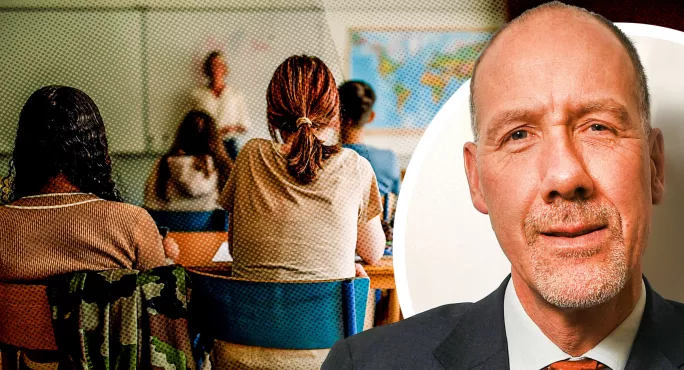Most school leaders do not think the National Tutoring Programme (NTP) is the best way to improve the attainment of disadvantaged pupils, research shows.
Three-quarters (76 per cent) of those using the NTP say that it is improving the attainment of disadvantaged pupils, according to a National Foundation for Educational Research (NFER) survey.
But 61 per cent said there were better alternatives to the scheme, including 42 per cent of those planning to use it next year.
The findings, from a survey of 439 senior leaders, are set out in a report published today, Tutoring sustainability: understanding the views of school leaders.
The report states: “These results may help to explain why significant proportions of senior leaders would not prioritise tutoring even if more funding was available for supporting disadvantaged pupils.”
The findings come after it was revealed that around one-third of schools in England have not used NTP funding aimed at helping pupils to recover lost learning after the pandemic.
Geoff Barton (pictured), general secretary of the Association of School and College Leaders, said that before the NTP was introduced, schools already had “tried-and-tested approaches”, such as employing teachers and classroom assistants to provide tailored additional support.
School leaders may feel “that the NTP money might be better spent on bolstering this provision rather than layering on tutoring”, he added.
National Tutoring Programme subsidy cut
But Carl Cullinane, director of research and policy at the Sutton Trust, said tutoring was one of the most well-evidenced interventions, and that research had shown that the NTP was allowing a much wider group of pupils to access it.
Other highly rated approaches, he said, included metacognition, effective feedback and oral language interventions.
Funding played a part in many leaders’ responses to the NFER survey.
Some 55 per cent of those who said that they had dropped out of the NTP already, or planned to drop out at the end of this academic year, cited the reduced government subsidy rate as a key factor in their decision.
Currently government funding is available for 60 per cent of schools’ NTP costs. Schools must stump up the remaining 40 per cent to get any of the cash.
The DfE contribution was set to fall to 25 per cent from September, but in May schools were told that the fall would be lower - to 50 per cent. The survey was carried out in March, before this latest change was announced.
The authors concede that the change in the planned subsidy for 2023-24 may have affected their findings, but say their report still contains relevant insights into the views of senior leaders and what is needed to ensure the long-term sustainability of tutoring.
Fewer than one in 10 of those currently using the NTP said they would continue delivering the same amount of tutoring to disadvantaged pupils if the government’s subsidy decreases to zero by 2024-25, as planned.
The findings indicate “that the reducing subsidies are likely to continue to deter schools from providing NTP tuition to pupils, and potentially that the subsidies have reduced too rapidly for tutoring to have become embedded in schools”, the report suggests.
Some 58 per cent of leaders surveyed did not think tutoring was a long-term solution to closing the attainment gap for disadvantaged pupils.
The Department for Education has been approached for comment.




